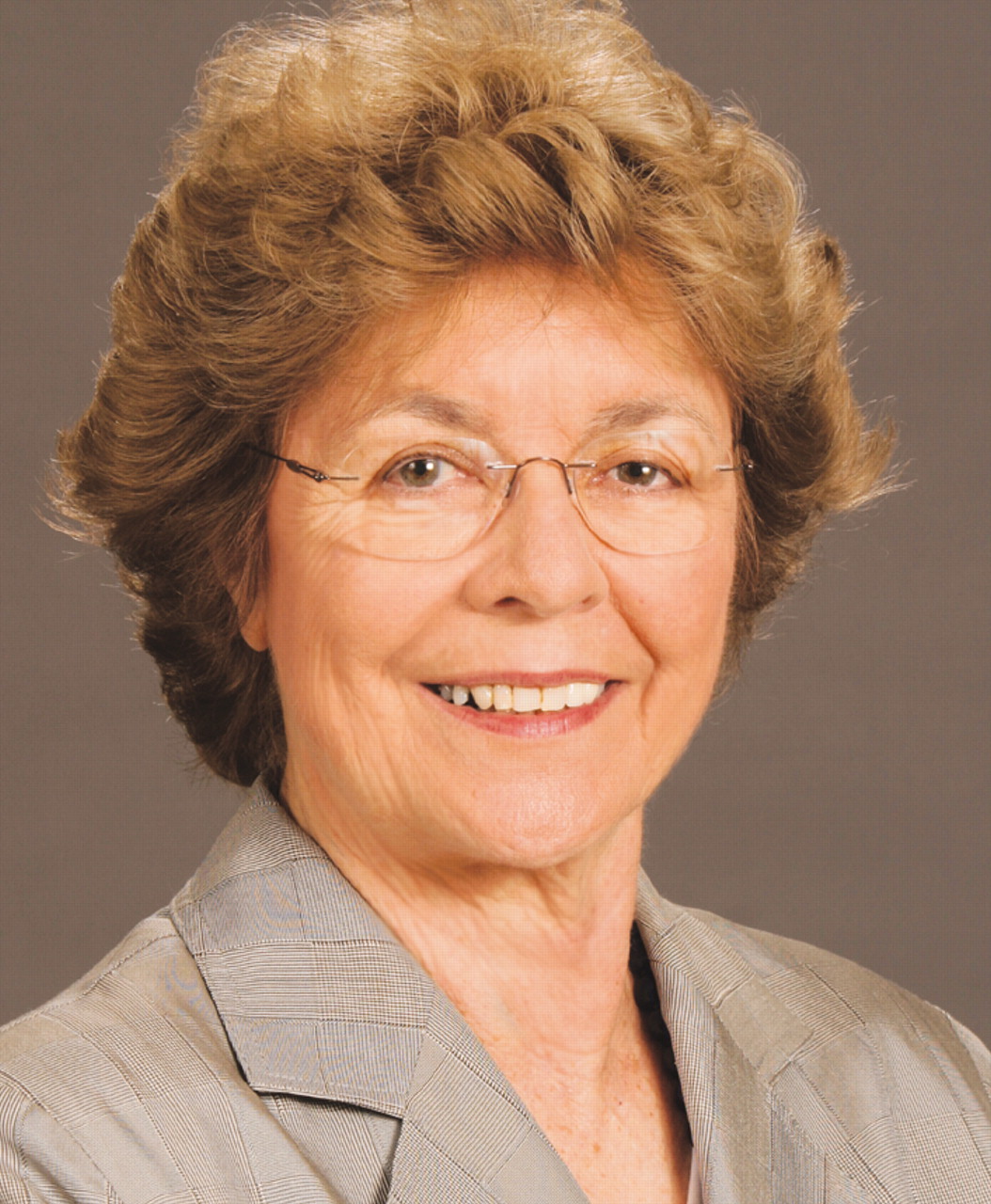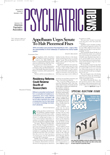In today’s sustained state of international crisis, there is an intensification of the need for cultural sensitivity. As clinicians we have long recognized its importance in our day-to-day work and welcomed the report by then Surgeon General David Satcher, “Mental Health, Culture, Race, and Ethnicity,” which served to enhance national awareness. As our organization and our country continue to benefit from increasing multiculturalism, our profession requires continued scrutiny of these issues (see
page 4).
Unfortunately, becoming culturally competent is no simple, straightforward task. At this time I am not talking about the major health problems caused by disparities in access to care, research, and education. The APA Steering Committee to Reduce Disparities in Access to Psychiatric Care is hard at work developing an action plan, and we will hear much more about this in the near future. Now I am talking about the complexity, struggle, and difficulties involved as we strive to achieve the desired state of cultural sensitivity and competence.
In July, when I attended the Eastern European World Health Organization meeting in Cairo, one of the presentations outlined comparisons between Eastern and Western cultures. The intention was to highlight the cultural differences between East and West to better inform our discussions about reconstruction of the mental health system in Iraq.
According to the presenter:
Western culture is seen as materialistic, not spiritual; man stands outside nature and should dominate it; the individual is all important; individualism is preferable to conformity; life is competitive; efforts are rewarded with material success; man is perfectible; openness and direct communication is a virtue; communication should be explicit and get to the point of the matter quickly.
In contrast, Eastern culture views the world as essentially spiritual; man is part of nature and should be in harmony with it; the group is all important; conformity and compromise to maintain harmony are preferable to individualism; life is cooperative; efforts are rewarded with recognition and esteem of others; man is a mixture of bad and good and always will be; one should be careful and cautious; one should be ambiguous and indirect.
This list is on the one hand informative and on the other challenging. Do all people from Eastern cultures truly fit all of these described categories, and the West as well? Or do individuals fit some but not all? How can we become truly culturally informed and concomitantly sensitive?
At APA’s recent fall component meetings, participants screened an outstanding videotape program titled “Culture of Emotions,” which is part of a training program on cultural competence supported by the Office of Minority Health of the Department of Health and Human Services. A companion guide, published by American Psychiatric Publishing Inc., “Issues in the Assessment and Diagnosis of Culturally Diverse Individuals,” was written by APA members Francis G. Lu, M.D., Russell F. Lim, M.D., and Juan E. Mezzich, M.D., Ph.D. More information about the program is posted on the Web at www.fanlight.com/downloads/Culture_Guide.pdf.
We can also look to the substantial literature. According to McKenzie and Crowcroft writing in the July 1994 British Medical Journal, about 2,500 papers are indexed yearly into Medline under the headings “ethnic groups” and “racial stocks.” We can’t read them all.
Then too, when do these lists of cultural characteristics become generalizations that don’t quite fit the individual patient? In late September I attended the Ninth Annual Conference of the Latino Behavioral Health Institute. The purpose of this conference was to enhance the skills of practitioners, educators, researchers, and administrators involved in providing services to Latinos. Frequently the presenters seemed to chafe against what they saw as inappropriate assumptions about how they would feel and behave based on their ethnic origins. There was a sense that certain stereotypes about their cultural reactions were becoming concretized to the point that individual differences were not appreciated. Aktar, in his prize-winning 1995 paper in the Journal of the American Psychoanalytic Association, “Immigration, Identity, and the Psychoanalytic Process,” writes with subtlety and nuance about this issue, describing some of the changes that occur as people struggle with the transitional process that is part of immigration.
East, West, North, South all have their cultural heritage and their differences. To know each one with certainty is impossible. Making preformed judgments and assumptions can only be misleading.
I learned this early in my career while doing volunteer work in Vietnam. I had been asked by the Chief of Surgery at Cho Ray Hospital in Saigon (now known as Ho Chi Minh City) to see a hospital employee who had made several suicide attempts by hanging himself in one of the operating rooms. “Please, find out why he is doing this and get him to stop!”
Working with an interpreter, I interviewed the young man, who was neatly and simply dressed. He sat with his head down, refusing to make eye contact, and he provided only monosyllabic answers to all of my questions. I was beginning to construe his demeanor as an indication of paranoia or severe depression and spoke about my assumptions with the interpreter.
“Oh, no,” I was told. Given the perceived difference in our social class, his was culturally appropriate behavior and could not be used with accuracy as a clinical indicator. Obviously I needed to be culturally sensitive if I was to be clinically accurate.
Knowing that differences exist, learning as much as one can about different cultures, and being open to ask, listen, and hear what patients tell us is essential. It is undoubtedly impossible to achieve complete cultural expertise. However, everyone can strive for cultural sensitivity, which is a major step toward cultural competence. ▪

